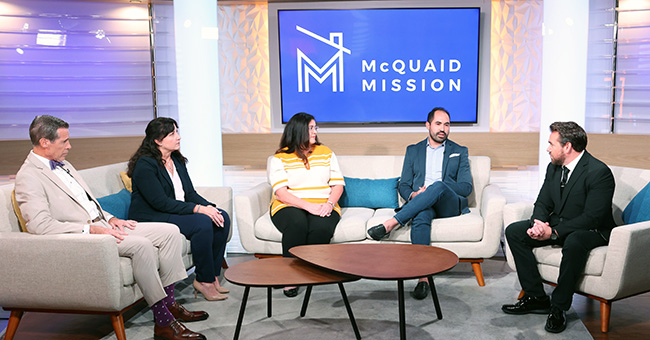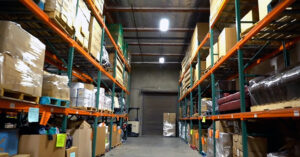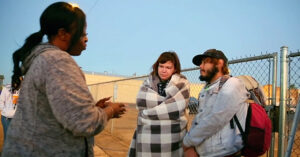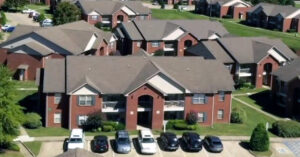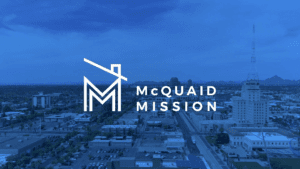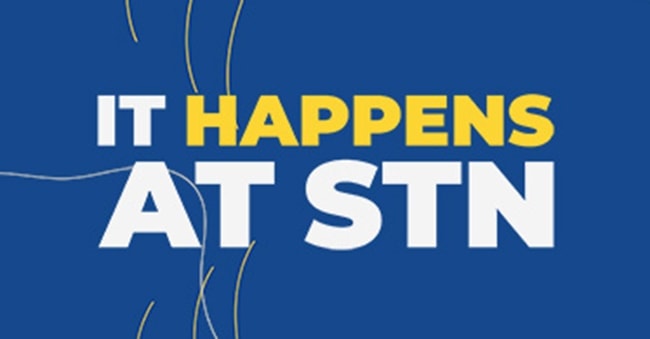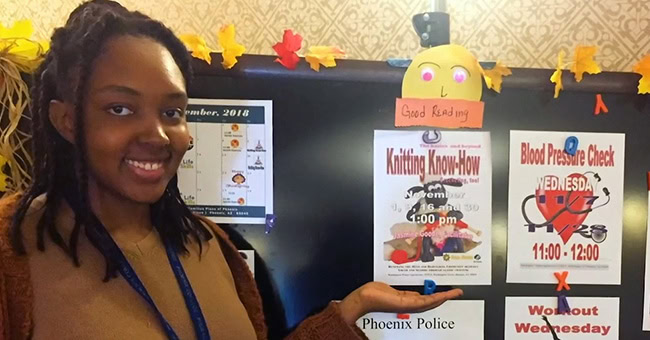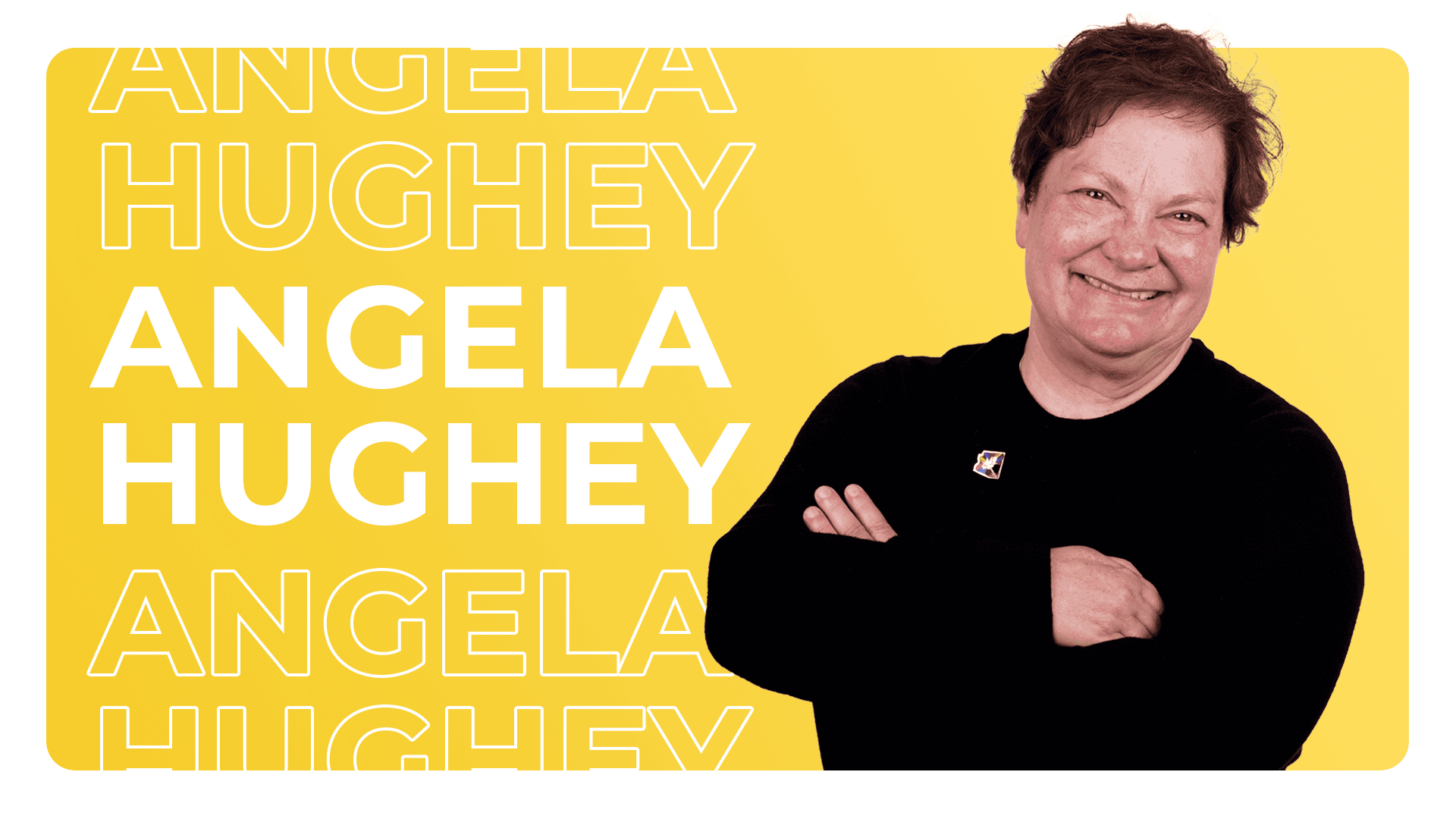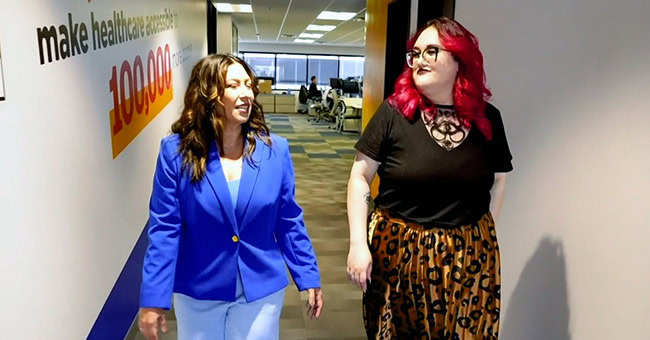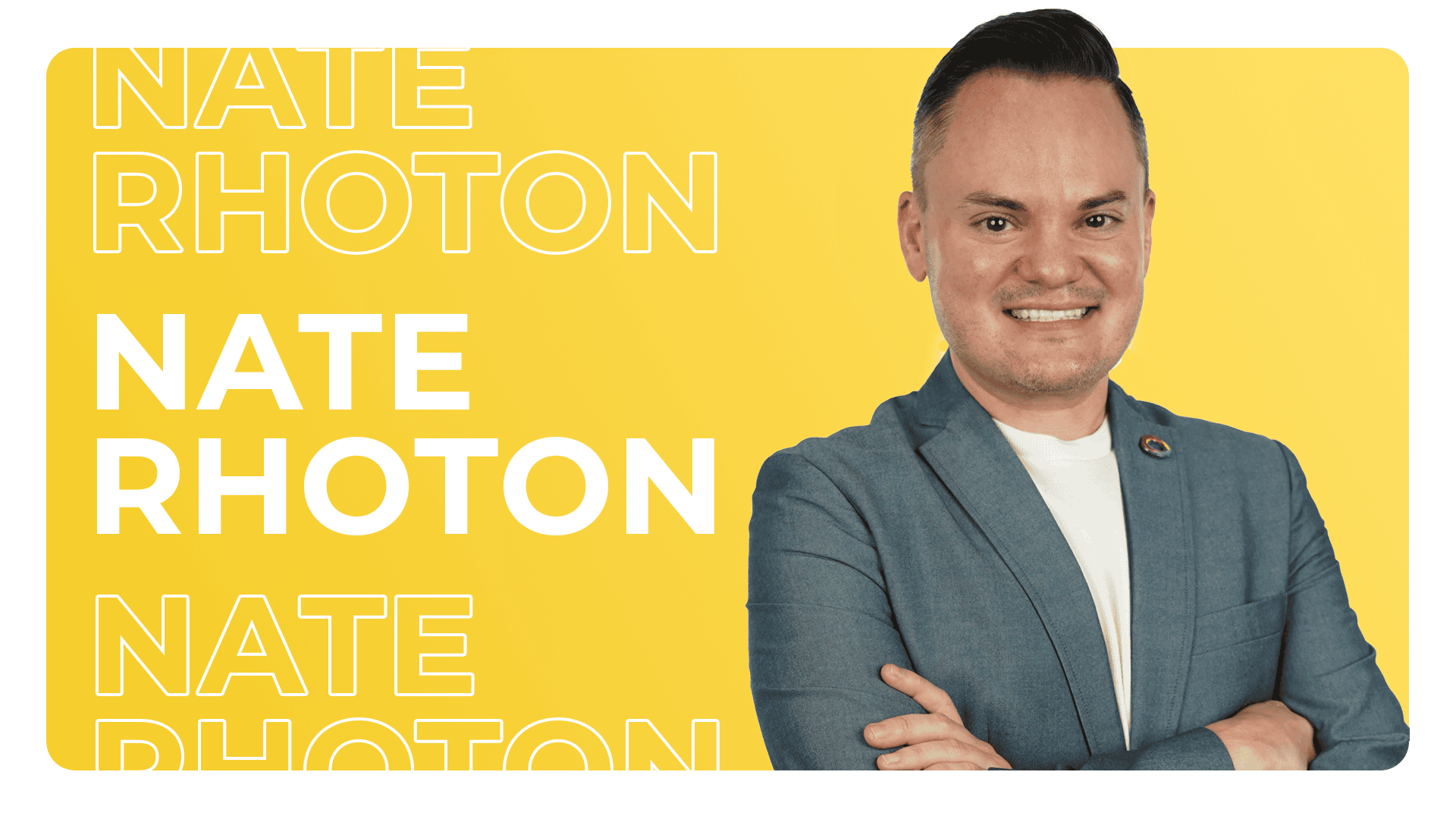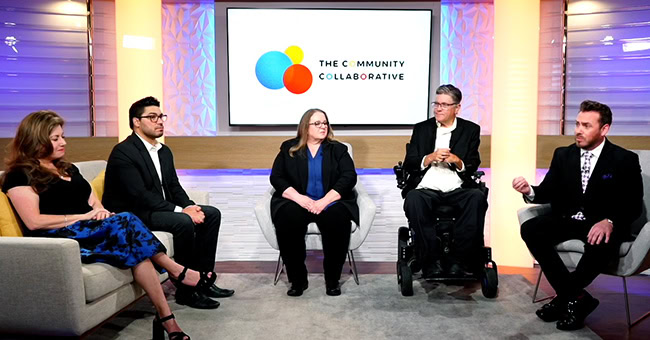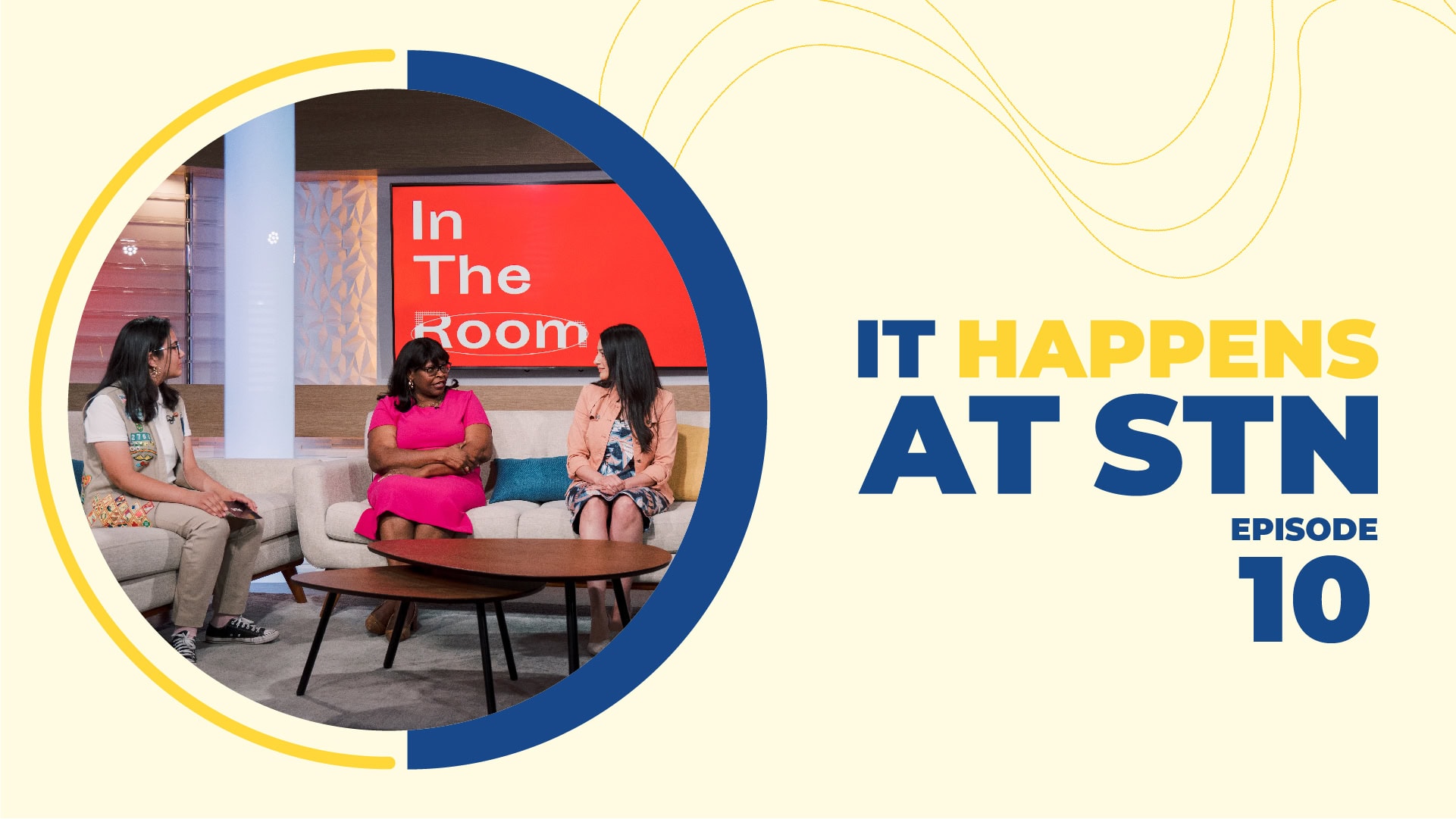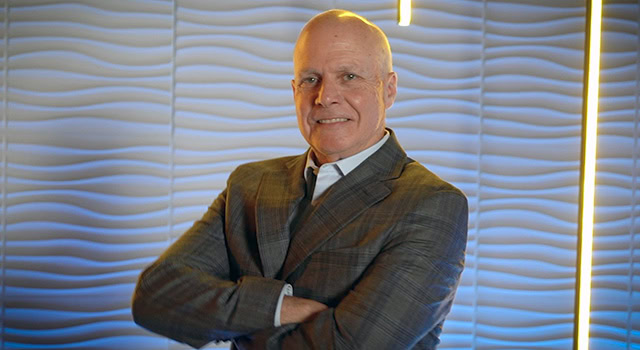Phoenix (STN) — When it comes to affordable housing in Phoenix, there are roadblocks, some obvious, others a little less understood when it comes to getting people the housing they need to be successful.
One of the most well-known obstacles centers around what exactly is affordable.
“For those in the workforce, typical entry-level workers, your starting families, those people, simply can’t afford the median home here in Arizona,” said COO of Rounds Consulting Group Luis Cordova.
Watch the full discussion here:
Cordova’s comments came during a McQuaid Mission panel discussion as part of the October episode of “It Happens at STN,” a local media experience focused on addressing and solving systemic social issues in the greater Phoenix area.
Nicole Newhouse, Executive Director of Arizona Housing Coalition, also participated in the panel discussion, and she said that nearly half of the people living in the metro area cannot afford a place to rent.
“…you have got to make it easier for organizations who are in this fight to build more affordable housing so that we don’t end up in a situation that’s dire.”
Jackson Fonder / CEO, UMOM
Being able to cover the cost of affordable housing is one thing. Not being able to find it is another. Too many people need a place to live and there’s simply not enough housing to go around.
Yet, Phoenix is among the top cities when it comes to available land. Within the city, there are 53,000 acres of undeveloped property that could be used for affordable housing developments. So, what’s standing in the way?
“Well, most of that land, I think 90% of that land is zoned for single-family,” Newhouse said. “That simply does not provide us with the opportunity to build enough units for the people that need it.”
McQuaid Mission co-producer, and UMOM CEO Jackson Fonder explained how his organization opened 10 of its own affordable housing communities that are helping to address the shortage but insists it isn’t nearly enough.
“We have to figure out a way to lift these barriers because right now, we’re not doing that,” Fonder said. “It is really difficult for a nonprofit to think about developing its own property. You’re making me jump through a lot of hoops, and that is crazy.”
“I’m going to say it again, you have got to make it easier for organizations who are in this fight to build more affordable housing so that we don’t end up in a situation that’s dire.”
Newhouse said the best way for people to help is to join organizations like the Arizona Housing Coalition and speak up.
“We need all of the voices of all Arizonans because housing and homelessness is not a unique issue,” Newhouse said. “It’s something that all of our neighbors are dealing with every single day. Housing and homelessness is something that impacts every Arizonan. Get involved as little or as much as you want because we do need your voice.”
Human Services Campus CEO Amy Schwabenlender echoed those statements, especially when it comes to joining organizations like the Arizona Housing Coalition and advocating for systems, like zoning, to be changed.
“Our organization can’t do that work, we are on the front lines,” Schwabenlender said. “Follow them online. Read the e-newsletter. Do the actions that they say need to be done because their focus is on how to eliminate those barriers to housing.”
Watch the entire McQuaid Mission action panel on removing barriers to affordable housing in the video player above


